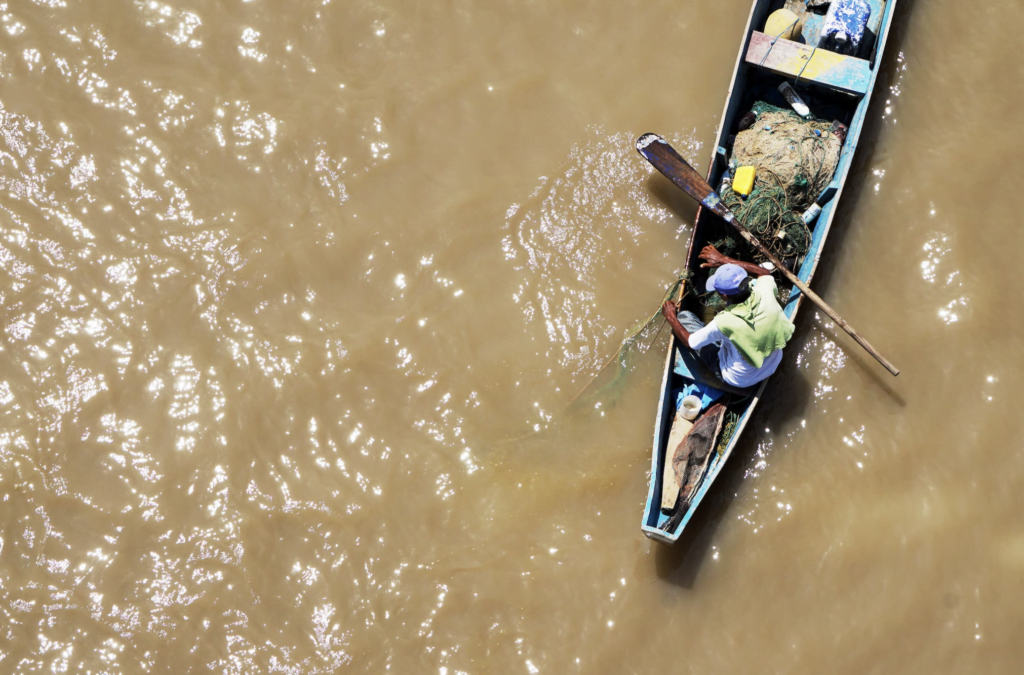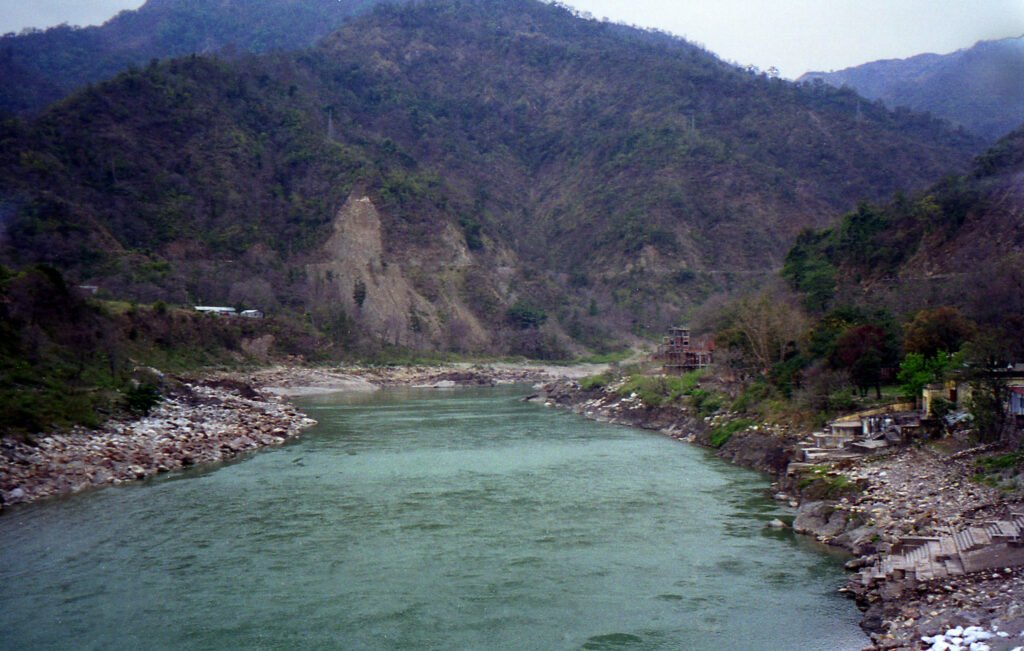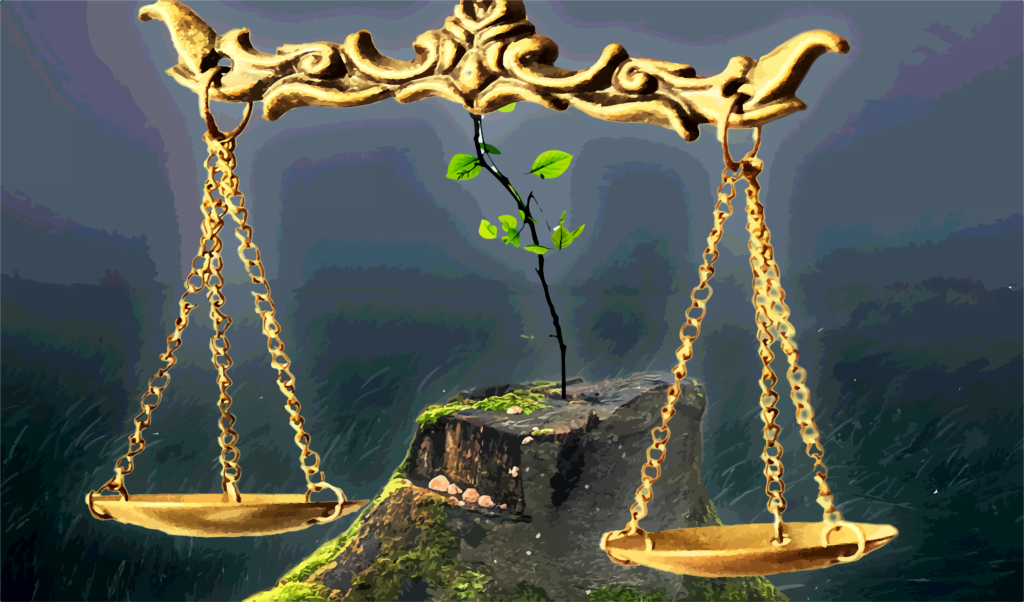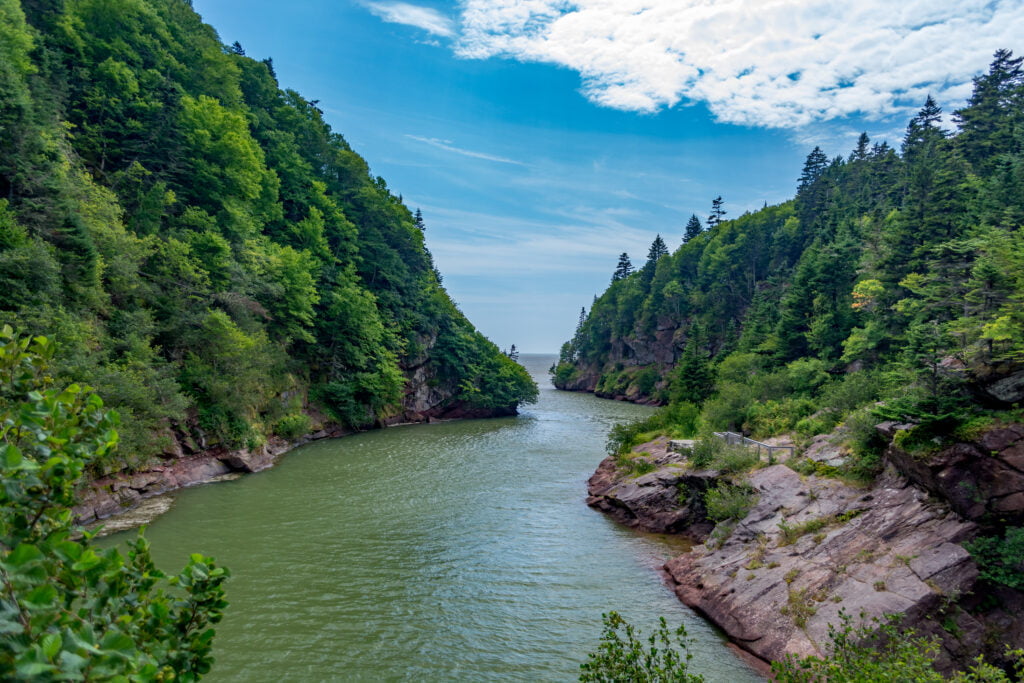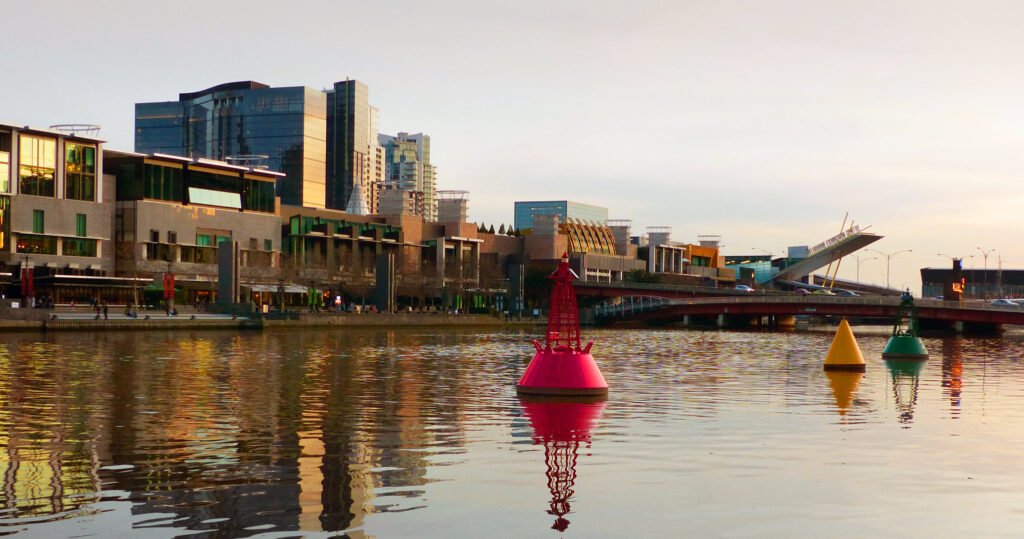The recognition of natural entities as living persons has generated awareness but its contribution to their legal protection remains uncertain.
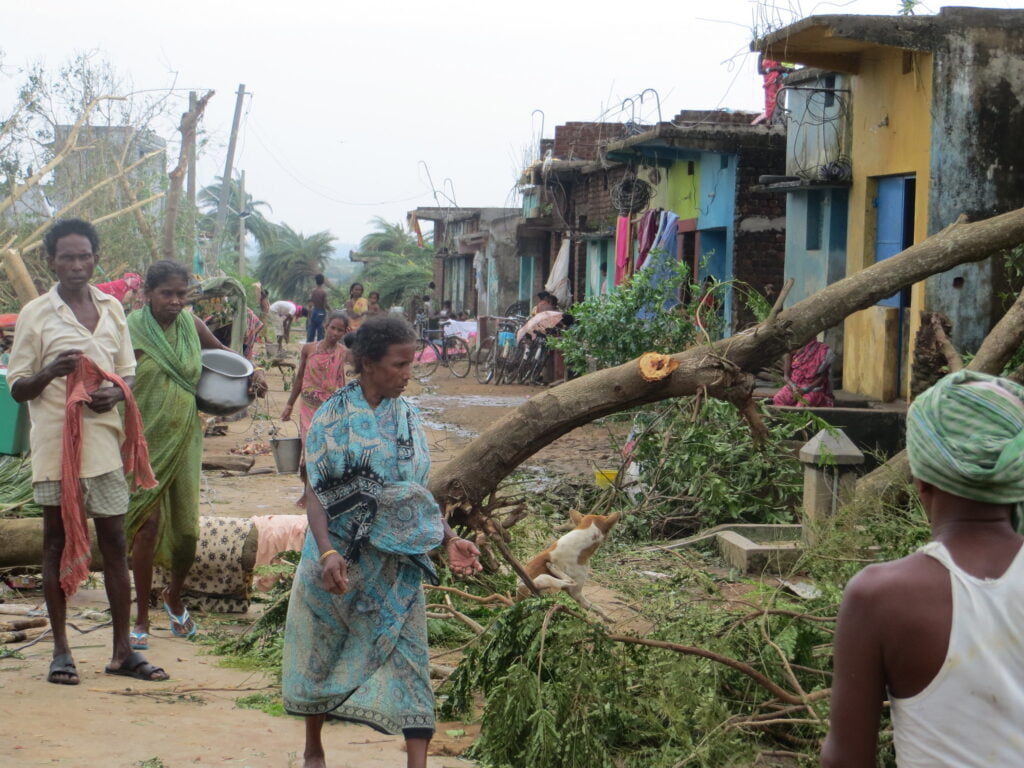 The recognition of Mother Earth as a legal person could well invite lawsuits when a cyclone or flood cannot easily be attributed to anthropogenic climate change. : ADRA India CC BY-ND 2.0
The recognition of Mother Earth as a legal person could well invite lawsuits when a cyclone or flood cannot easily be attributed to anthropogenic climate change. : ADRA India CC BY-ND 2.0
The recognition of natural entities as living persons has generated awareness but its contribution to their legal protection remains uncertain.
Each year deadly storms rip through communities across the globe, destroying homes, infrastructure and ending thousands of lives. In most cases, insurance companies (or the government) usually foot the bill for the millions of dollars in damages.
But could we see a scenario where Mother Earth herself is sued?
Environmental personhood attempts to ascribe rights to a natural entity or ecosystem as a legal person. It gained traction towards the latter half of the 20th century and has found some integration with law in recent decades.
It calls for legal protection of forests, rivers and other natural ecosystems. Assigning legal rights to an environmental entity is also seen as a recognition of indigenous knowledge systems which are believed to personify nature and natural resources.
The motivation that drives environmental personhood is conservation using law as a tool. Law is conventionally more concerned with regulating human behaviour, customs and practices and delivering justice.
To consider any natural component of the environment as a person, therefore, allows for its greater inclusion in the legal process. But the legal translation of environmental personhood, especially where indigenous and traditional communities are involved, needs a cultural reality check.
The rights of nature have recently been recognised by courts in countries such as Australia, Canada, New Zealand, Bolivia, Ecuador, Colombia and India, among others. The natural entities that have been declared legal persons include national parks, rivers, lakes, the greater natural environment and Mother Earth.
This recognition has helped generate awareness about the need for their protection and conservation. But how much it has contributed to legal protection is an ongoing discussion that has already raised several concerns.
These include questions about the guardianship of the environmental person, quantifying harm to the environmental person, fixing liability if the environmental person causes harm, applicability of international law and about deciding who or what can or cannot be an environmental person.
The environmental personhood conundrums pose limitations that prevent wider adoption of this concept. If rivers or lakes, for example, are located near indigenous populations, it may be easier to identify such groups as their guardians and representatives.
However, when this is not the case, who should be considered a guardian? The concept becomes redundant in case the state takes this responsibility, since the environmental laws in most countries in any case require the conservation of such natural entities.
Considerable ecological research is required to quantify the scale of what constitutes harm to the environmental person. Data-based evidence on the different stages of dying of a river or a waterbody, for example, will help the courts better protect or award penalties when the life of the environmental person is put under threat.
The frequency and intensity of storms have increased due to global warming. The recognition of Mother Earth as a legal person could well invite lawsuits when a disaster cannot easily be attributed to anthropogenic climate change. In such a case, who will pay the damages and to what extent, remains a pertinent question while advocating environmental personhood.
Environmental entities like rivers flow through different political boundaries. A river may be declared a legal person in one state but not in the adjoining state. When the river crosses an international border it will lose its rights. This ambiguity is not only counterproductive, it limits wider adoption of the environmental personhood concept.
While these concerns can still be addressed through deliberation and public consultations, it is difficult to decide the limits – if at all – of environmental personhood with no real answers.
These challenges pose a litmus test for the validity and applicability of the environmental personhood concept. They also highlight other issues such as why do we need a legal mechanism to understand the ecological interconnectedness of nature.
A river is a living, breathing ecosystem because of the nutrients and aquatic biodiversity it carries. Any barriers to its flow, or addition of pollutants or excessive withdrawal of water will be bad for its health. The state, through environmental protection laws, is already responsible for its conservation.
Similar environmental protection laws exist for forests, wetlands and other natural capital found within a state. Does the environmental personhood concept not infringe the state’s responsibility for maintaining its natural capital and public health? And how can one ensure that this concept does not become an excuse for the state to ignore its responsibilities towards nature?
There is also a need for a more nuanced understanding of indigenous and traditional personification of nature. In India, where the legal personhood status of rivers has been both given and challenged in the court of law, rivers are sacred entities.
River Ganga (Ganges), considered the holiest of the holy rivers, is personified as a mother and a goddess by the Hindus. However, the legal person status conferred to the river should not stop Hindu devotees from bathing in it, collecting its water, cremations along its bank, immersion of ashes in it and the use of its nutrient rich water for drinking and irrigation.
Preventing industrial effluents from flowing into the river has been a state responsibility under various environmental laws. The need to recognise environmental personhood in the case of River Ganga, after the failure of the state machinery to prevent it from being polluted, is therefore not very encouraging. The law should instead be used to check these failures.
Panch tatwa (Sanskrit; panch – five, tatwa – elements) is an ancient Indian philosophy that reminds us of our interconnectedness with nature. According to this philosophy, everything — including ourselves — is made up of five elements: Earth (soil and minerals), Sky (space), Air, Fire (energy) and Water.
This philosophy is as relevant today as ancient times. If every human being is made aware of this philosophy, that is all that should be required to protect and preserve the very building blocks of life.
Nature can survive without us, but we cannot survive without nature. Nature is therefore much more than a legal person, and if declaring it as the latter is the only way left to protect it, our civilization is in serious trouble.
Govind Singh is Associate Professor of Environmental Studies and Assistant Dean of Academic Affairs at Jindal School of Environment & Sustainability, O.P. Jindal Global University, India. He can be reached at govind@jgu.edu.in
Originally published under Creative Commons by 360info™.


